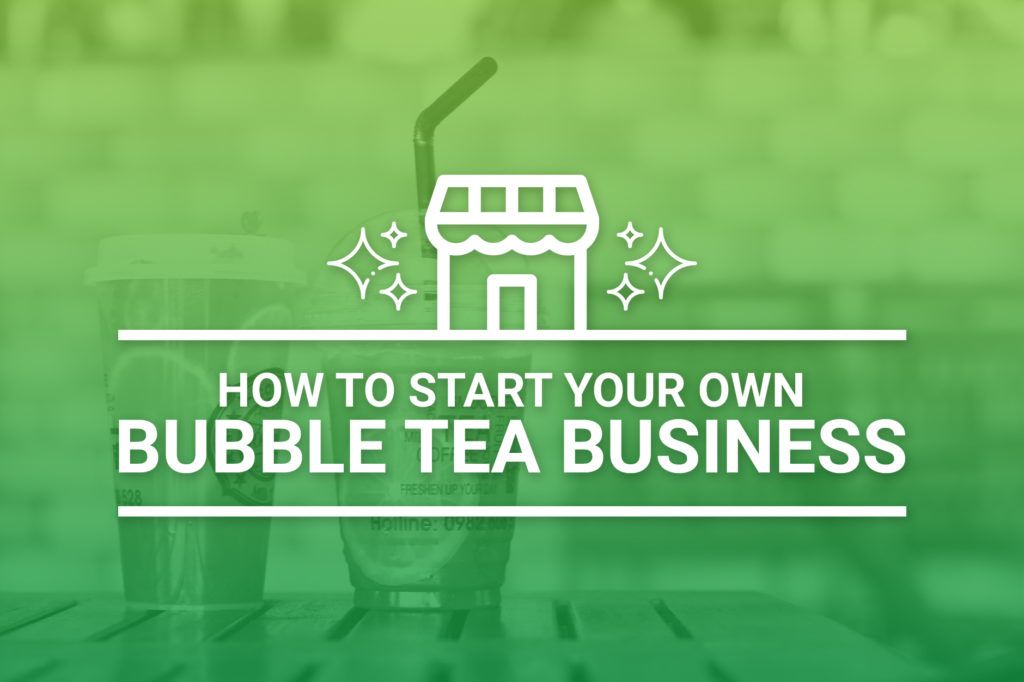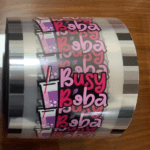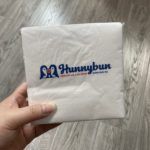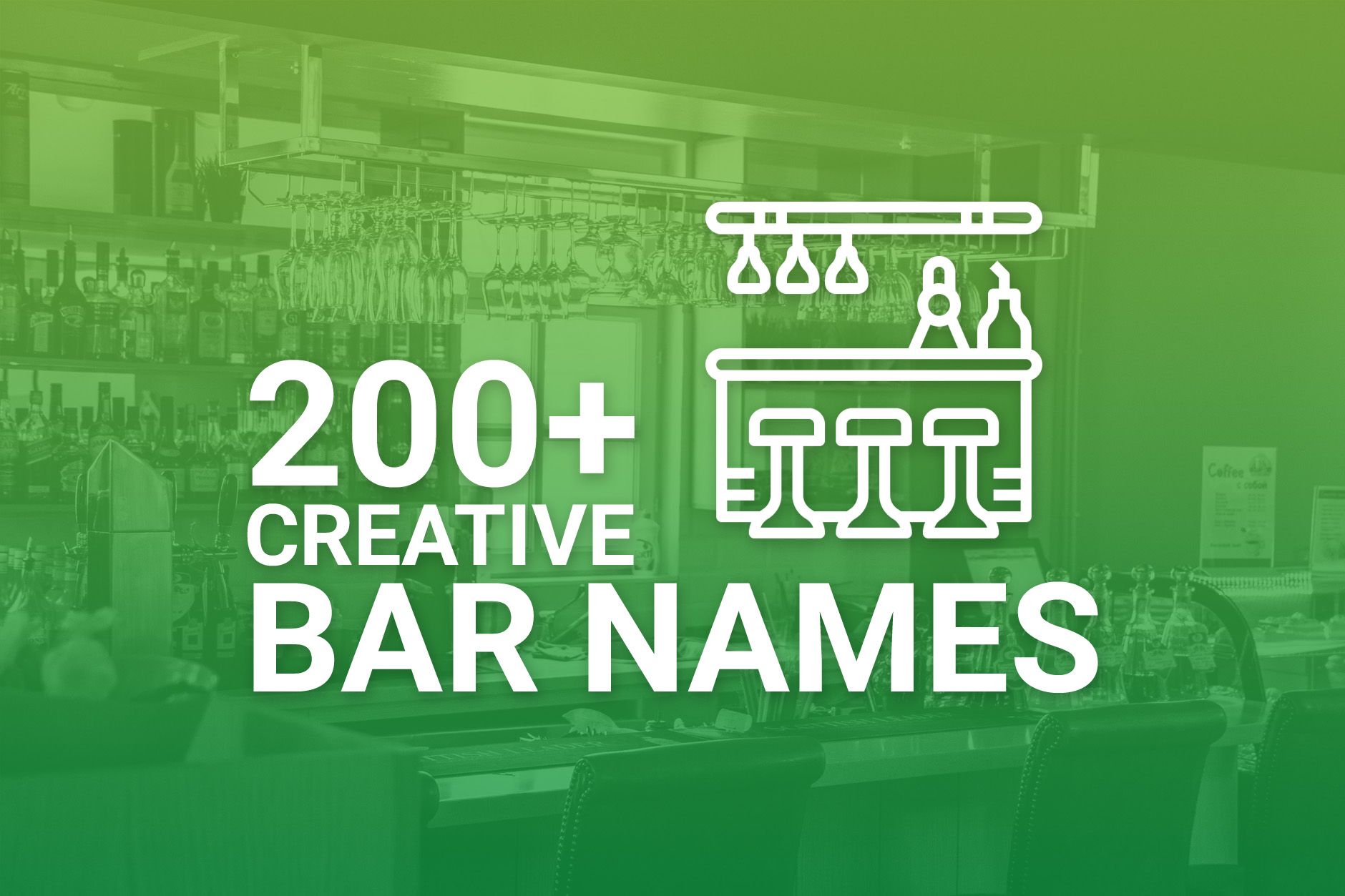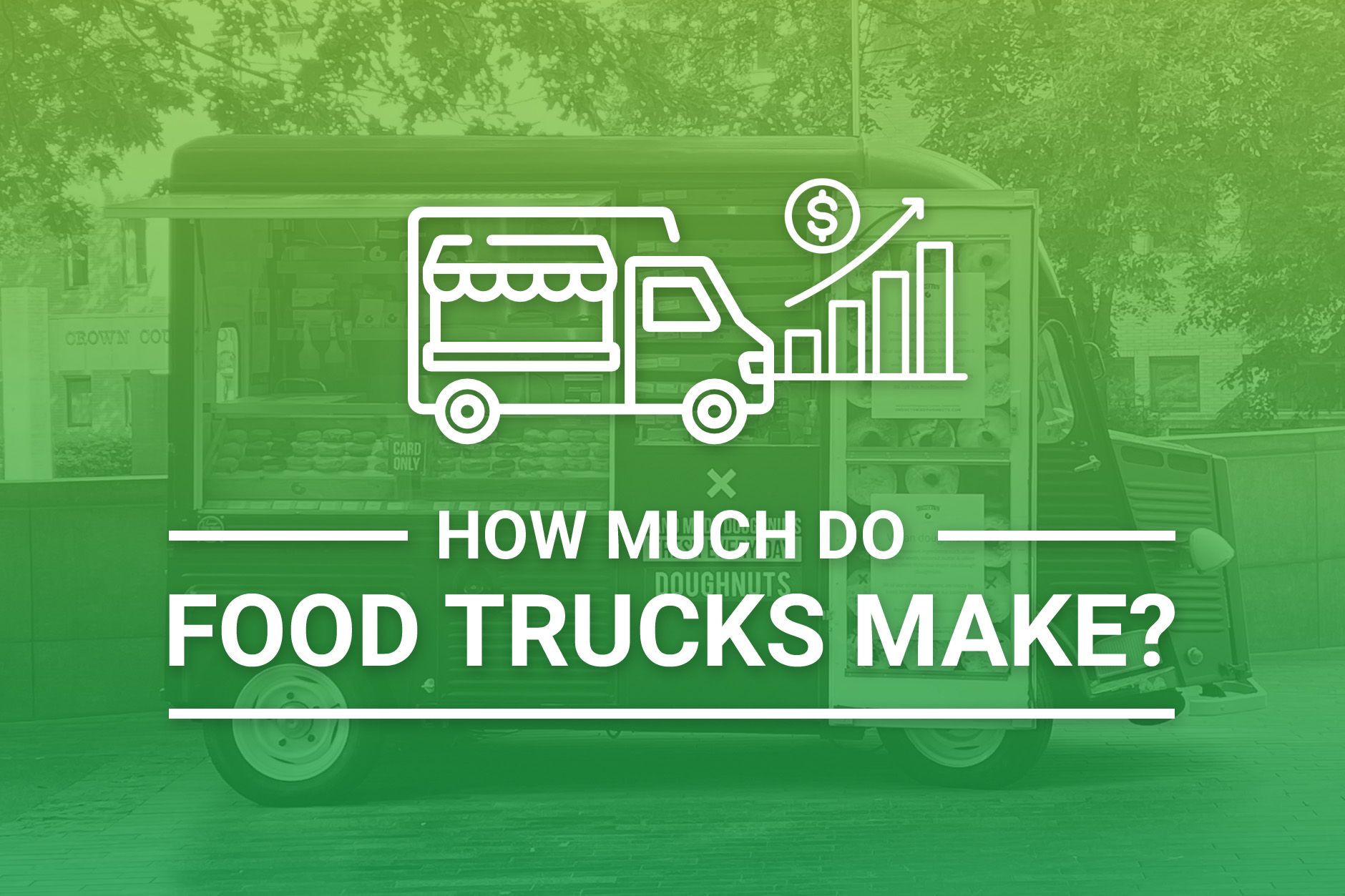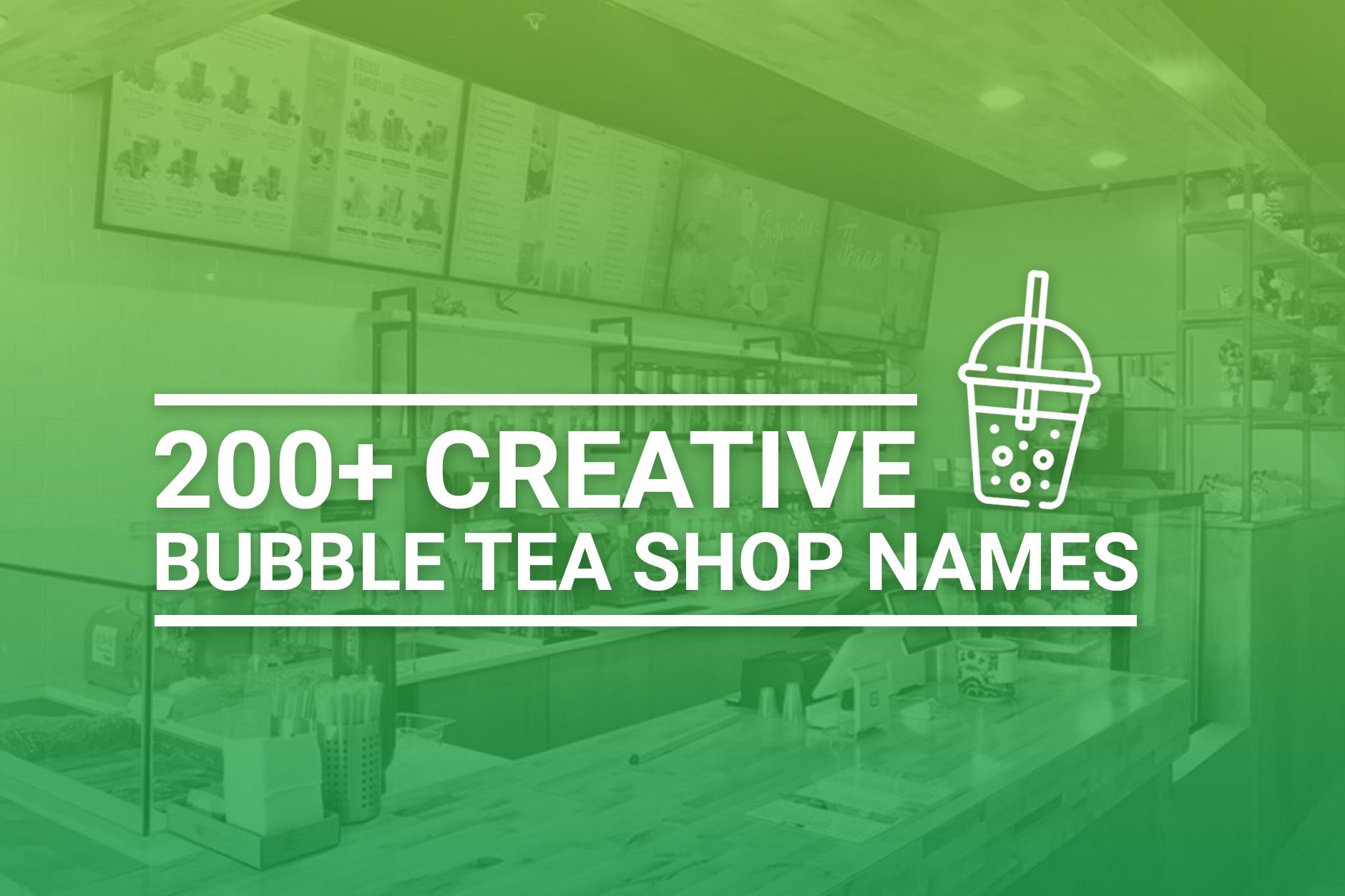For many Americans, bubble tea is a relatively new concept. After being invented in Taiwan in the 1980s, the fun drink with a giant straw has exploded in popularity across Asia — and throughout the world. Bubble tea is in such high demand globally that McDonald’s put it on the menu in Germany.
If you are a bubble tea fan, or simply interested in investing in a business with a tremendous potential for growth, you may be thinking about starting your own bubble tea business. Doing so requires careful thought and planning — as well as getting the right supplies to make your business a success. Read on to learn more about how to start your own bubble tea business, complete with recommendations for custom cups that will allow your product and your brand to shine.
What Is Bubble Tea?
Bubble tea, or boba, is a Taiwanese treat that has become incredibly popular in the United States. The word “boba” is used more broadly to refer to any drink with something in it, such as fresh juice with chunks of fruit. Bubble tea (which may also be called pearl milk tea) is a version of boba that involves black tea, milk, ice, and tapioca pearls — the bubbles in bubble tea.
These pearls are made from tapioca starch. The hard white tapioca pearls are boiled and then steeped in a sugary syrup for hours until they become large, chewy, and take on a black color. Bubble tea is offered in a range of flavors, from mango to strawberry to matcha. Other teas — or even coffee — may be substituted for the traditional black tea.
Bubble tea is served in clear cups to allow customers to see the tapioca pearls. Fat straws are a must for bubble tea so that the bubbles can shoot up the straw as a person drinks.
This drink has become incredibly popular both in Asia and here in the United States. The industry is expected to grow by $2 billion to $4.3 billion by 2027. The United States is expected to account for 18.7% of the global bubble tea market by 2026.
Getting Started with Your Own Bubble Tea Shop
Given the growing demand for bubble tea, setting up a boba business makes sense for many entrepreneurs. While franchises for established brands are available, given the relative simplicity of the product, you can also go out on your own.
Step 1: Decide If a Bubble Tea Business Is Right for You
Boba tea is definitely having a moment. As demonstrated above, it is incredibly popular in the United States right now. But before you make the leap and become a bubble tea entrepreneur, it makes sense to spend some time thinking about whether or not it makes financial sense for you.
Depending on a few factors, it can cost anywhere from $75,000 to $500,000 to start your own boba tea shop. You will need to do a deep dive to determine if you can raise the capital to start this type of business based on projected costs and profits. For example, a more expensive retail space located near a college campus could cost quite a bit to lease – but it may be more profitable than a boba tea shop located in a strip mall with less foot traffic.
Common costs associated with setting up a bubble tea business include:
- Incorporating ($150 to $200)
- Obtaining business licenses and permits ($100 to $300)
- Getting insurance for your business (could cost $500 or more per year for a commercial general liability policy)
- Buying business cards and brochures ($200 to $300)
- Setting up a website and social media profiles ($1,000 to $3,000)
- A deposit on leased premises, plus the first month’s rent ($3,000 to $7,000)
- Construction on the shop plus purchasing necessary equipment and furnishings ($15,000 to $30,000)
- Ingredients inventory ($2,000 to $4,000)
Again, these costs can vary widely based on multiple factors. It is imperative to do your research to determine exactly what your expenses will be before you embark on the process.
A boba tea shop could lead to $6,000 to $9,000 per month in profit. Of course, making this kind of money depends on your ability to charge $5.00 or more per cup of tea. If you live in an economically depressed area or a community that just isn’t that into bubble tea, then it may be hard to turn that kind of profit.
You should also think about the difficulty of starting your own shop from scratch. There are a few bubble tea shop franchises available, which can make it easier to get up and running. However, for many people, buying into a franchise is more expensive than setting up a shop on their own. You should do some careful calculations to figure out which option is best for you.
Finally, remember that the popularity of bubble tea shops can be a positive – but it can also work against you. While boba tea shops were once hard to find outside of certain areas of the country, they are now much more common. The market may quickly become saturated with bubble tea shops, so it’s important to think about whether there is an opening in your particular area for this type of business.
Step 2: Develop The Concept
The first step in starting any business is to come up with a concept that works. In this case, the concept is bubble tea. Think about whether you want a more extensive menu, if the shop will be sit-down or carryout, and the overall style of your store.
One of the great things about boba tea shops is that there are seemingly endless variations on flavors, types of tea, and add-ins like fruit, powders, jellies, and even mini mochi. This near-infinite level of customization can be a great way to set your boba tea shop apart from the crowd, but it can also be a bit overwhelming. You will need to do some research to figure out your target market so that you can develop a menu that will be successful.
For example, if your market research shows that your most likely customers are millennials working at office jobs, that may inform the types of drinks you offer. It may even influence you to add light snacks to the menu, as your customers may want to pick up a dessert or a sandwich to go along with their tea. Alternatively, if you are planning to open up shop in a trendier area, you might be able to go for more daring offerings. Certain toppings or flavors might not go over well in a small town, but they could be popular in a more diverse area where people may be more willing to try unusual flavors.
Your market research should also inform other aspects of your concept. Generally, bubble tea is more popular among younger people. This fact should inform every aspect of your concept, from your logo to your brand colors to the design of the shop itself.
You should also consider your target audience when planning your advertising and marketing strategy. For example, younger people are more likely to be on TikTok than on Facebook. While it is a good idea to have a Facebook business page, you should spend time developing content for other forms of social media so that you attract your preferred audience.
Step 3: Pick a Name and Logo
Once you have decided on a concept, it is time to pick a name and develop a brand identity. Broadly speaking, a brand identity is all of the visible elements of a brand. This can include the brand colors, its logo, and the overall design of each of these elements. For example,
Kung Fu Tea uses bold black, red, and white illustrations for its logo and the various illustrations on its boba tea cups.
Your brand identity will be the way that customers identify you as a business, so it is vital that you spend some time to make sure that you get it right. It should be easily recognizable, attractive, and memorable.
Come up with a logo and design concept that is versatile enough to be used throughout your branding materials. Your logo will need to be able to work well on your website, your storefront, your plastic drink cups, etc. For this reason, it’s best to work with a logo that can be made mono-color (one color), so that you can change the color of your logo to pop against many different colored backgrounds.
Spend some time researching competitors, and find a way to set your store apart from theirs. If you need some help brainstorming, we compiled over 30 of our favorite creative restaurant and coffee/tea shop names for inspiration. You can also consult with a branding expert to help develop your brand and choose a name.
When picking a name, remember the following:
- Short names are easy to remember
- The name should be easy to both say and spell
- The name should be relevant to your concept
- Including keywords – like bubble tea or boba tea – can help with search engine optimization (SEO)
- Avoid any offensive words or imagery
- If you use Chinese characters as part of your logo, make sure that they are accurate
- Ask friends and family for their opinion on your name
Be sure to check to make sure that the business name that you ultimately select isn’t already taken. You can do this by checking your State corporate database, and by doing a quick Google search. If the name isn’t already in use, you can start taking the next steps.
Step 4: Find A Location
Next, figure out a location. This decision will be based in part on your concept. If you plan on having a sit-down restaurant, you will want a place with plenty of parking, as well as easy access by foot. Demographics are also important. According to the New York Times, bubble tea shops often do well near college campuses. For some entrepreneurs, a bubble tea truck may make the most sense, allowing you to drive to events, festivals, and busy lunch locations to offer your wares.
Cost is also a huge factor here. While a shop near a college campus might be the ideal location, this type of retail space is often more expensive. If that doesn’t fit within your budget, you will need to reevaluate and find another space to lease or buy.
When you are looking at spaces, ask about the cost per square foot (if it isn’t included in the listing). This number breaks down the price based on the size of the commercial space and can be used as a reference point for how much spaces will cost in a particular area of town. The formula for figuring out monthly lease prices this way is by multiplying the total square feet by the price per square foot and then dividing by 12. For example, retail leases in a downtown area may cost $23 per square foot on average, which means that a 1,500 square foot shop will run about $2,875 per month in rent. You can use this formula to help determine if you are getting a good deal on rental space.
Step 5: Write a Business Plan and Obtain Financing
Once you have developed a concept and brand and chosen a location, it is time to think about financing. This usually requires writing a business plan to qualify for a loan or to attract investors. A business plan can also be useful as a strategic roadmap for your company’s growth.
A business plan typically includes a number of elements, including:
- An executive summary, which is an overview of the business plan as a whole
- Concept, which includes a description of the company, its vision, mission statement, ownership structure, and corporate goals
- Products and services, including menu items
- Market analysis, including your target demographic, trends in demand, and prospects for growth
- Competitive analysis, which should highlight your main competitors and note your main advantages over their shops
- Marketing plan, which explains how you plan to promote your store
- Management and operations, including who will be running the shop, its physical location, staffing, and other logistical details
- Financial plan, which should include 3 years of financial planning such as start-up costs, a break-even analysis, profit and loss estimates, and cash flow
- Appendix, where you can include any related documentation
During this process, you should be thinking about your menu as well. Even if you are limiting yourself to drinks at this stage, there are many bubble tea options to explore. Having a wide range of choices may differentiate you from your competitors and allow you to become more profitable as a business.
Step 6: Getting Your Legal Ducks in Order
Once you have secured financing, you will need to ensure that your business is incorporated. There are many different corporate forms – such as a sole proprietorship, a partnership, a limited liability corporation (LLC), and a corporation. Each corporate form has its own advantages and disadvantages when it comes to liability protection and taxes. You should consult with an attorney to determine how to incorporate and which form is best for your business.
Keep in mind that when you run a business that is open to the public, a lot of different issues can arise – such as a patron slipping and falling on a spilled drink. Incorporating can often protect you from being held personally liable – and it will often be necessary to secure funding for your business. A lawyer can also advise you as to other legal issues that your business may need to address, such as a business license, a federal employer identification number (EIN), and/or a sales tax permit or business number.
Step 7: Design Your Space
After securing a location and financing, it is time to build out and customize your space. This may involve putting together a floor plan to meet your customer’s needs or getting your logo on the truck. We have a post on the latest design and decor trends in the food service industry if you’d like images to draw inspiration from as part of the design process.
Keep in mind that your space should be aligned with your brand identity. If your brand colors are pink, blue, and gray, for example, then you shouldn’t use yellow and orange in the store. Making an attractive, comfortable space that is consistent with your brand can help your overall marketing plan – and it will also bring in more customers.
Part of the design process includes setting up your kitchen. Compared to a restaurant, you won’t need as much space or equipment. However, there are certain items that you will need, such as a commercial ice machine, dispensers for sweeteners, or machines to make the tea for your drinks.
When setting up your kitchen, think about how you will be making and serving drinks. You want your space to be both logical and efficient. Your ingredients and equipment should be stored in a convenient place so that it is as easy as possible to make and serve customers.
Step 8: Source Your Ingredients
At the same time that you are setting up your kitchen, you should start sourcing ingredients and supplies. Because bubble tea has limited ingredients, it is important to buy high-quality teas, milks (including non-dairy options), tapioca pearls, and flavorings. At this stage, you will need to decide whether you will make your boba from scratch or buy pre-made boba.
Many ingredients for boba, like tea, are shelf-stable, so you can often buy in bulk in advance. Other components – like dairy and fruit add-ins – are perishable. You should set up a plan for how you will order your ingredients and track inventory to ensure that you aren’t reducing your profit margins due to food waste.
Of course, you will need to serve your boba tea in something – along with any food that you sell. You will also need to pick out clear plastic cups, boba straws, sealing film, and lids. While it isn’t strictly required, it is a good idea to buy branded cups and sealing film. After all, bubble tea looks great in pictures – and you want your business name and logo to be in the shot when your customers post their pics on social media. In addition, if you’re going to be selling food, you may also want to buy custom takeout bags to help expand your brand’s reach.
Step 9: Get Permits, Licensing, & Staff Setup
As you get closer to opening up, you will want to make sure that you have the right permits and licenses, and that your employees have been hired and well-trained. Generally, this will include a food handler’s license for at least one staff member. You will also need a certificate of occupancy for the business itself. These requirements vary by jurisdiction, so be sure to check with your lawyer about what permits and licenses you may need to open up shop.
Many bubble tea shops are run exclusively by their owners, given that bubble tea usually isn’t labor-intensive to make and the shops tend to be smaller in size. As your business grows, however, you may want to hire staff to keep up with demand. You should think about whether or not you will need to hire employees, what you will pay them, and how you will train them before you officially open for business.
You will also want to make a decision about using technology to help grow your business, such as an app for ordering, payment tools, or even partnering with a food delivery business. This type of software can also help with things like scheduling employees, payroll, and profit and loss statements.
Step 10: Put Together Your Marketing Plan
Finally, you will want to begin the process of marketing your business. When you made your business plan, you should have also drafted a marketing strategy. Now is the time to put that plan into action!
First, you should create a website and social media pages for your bubble tea store. Be sure to include your menu, prices, address, hours of operation and pictures of your store and products. Taking these steps will ensure that customers can find you — and may be an important piece of your business’ success. Remember that the target demographic for boba tea trends younger, so consider that when you are choosing which social media platforms to join.
Second, you should consider other forms of marketing, like billboards, signage outside of your store, newspaper or radio ads, mailings, and paid Google ads. Carefully track your spending in this regard so that you can determine which form of marketing is most effective.
Third, using branded promotional products can be particularly helpful for bubble tea shops. Remember: boba tea tends to look really cool, and people like to take pictures of it. Adding your name and logo to the disposable products that you use is a savvy business move, given the likelihood of your drinks ending up on your patron’s social media pages (i.e., free advertising!)
Starting a new business can be overwhelming, but if you break the process down into tiny steps, it becomes much easier to tackle. For further reading, you may also be interested in our resource guide for coffee and tea shops. It includes resources for creating a mission statement, putting together your business plan, picking the right location, gathering required equipment, managing inventory, and more.
Starting a Bubble Tea Shop? We Can Help.
The bubble tea trend is still relatively new in the U.S., with huge potential for growth. If you’re interested in starting a bubble tea business, we can help. Budget Branders offers a full range of custom disposables, priced affordably for start-ups as well as small and medium-sized businesses.
In the past, custom-branded cups, bags, bowls, and other items were only an option for the biggest chains which purchased these items by the millions. We offer a solution for smaller restaurants and bars who want to market their business effectively without breaking the bank.
To learn more about how we can help you build your bubble tea business, contact us today by filling out a contact form, pressing the live chat button, or submitting a quote request for one or more of our products.
The information disclosed above does not constitute legal or financial advice. Use this information at your own discretion and consult a legal or financial professional for further guidance.
